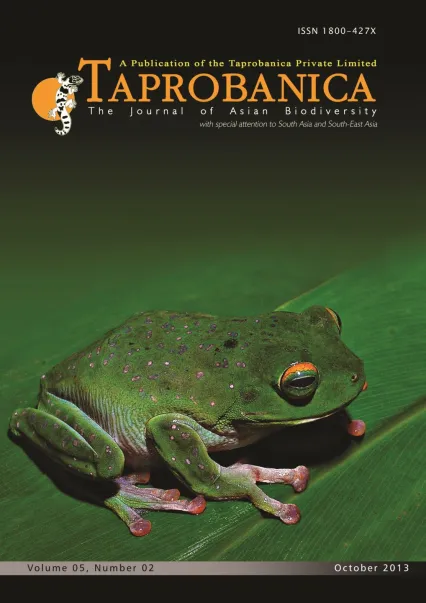

v5i2.119
Volume 5 | Number 2 | November 2013
Short Note
ISSN: 1800-427X (print)
eISSN: 1800-427X (online)
DOI:10.47605/tapro.v5i2.119
Submitted date: 8 July 2012
Accepted date: 22 November 2013
Published date: 25 December 2013
Pp. 157–162.
Phenotype evaluation of free-ranging European mouflon
M.R. Frisina* & R.M. Frisina
*Corresponding author. E-mail: mike.frisina@montana.edu
Since introduced to Lanai in 1954, European mouflon have been as controversial as feral domestic sheep, sheep hybrids, and mouflon introduced to other Isands in the Hawaiian Archipelago. To conservationists concerned with the impacts to native flora and fauna European mouflon are an introduced ungulate pest that needs to be eliminated to avoid degradation of the native environment and indigenous wild species. On the other hand European mouflon are considered a highly valued species for recreational and trophy hunting and in some locations, like Lanai, are important economically in a difficult economy. Many residents of Lanai value the recreational hunting of mouflon on the 14,000 ha Lanai public game management area. Mouflon also are an appreciated source of protein to some residents of Lanai. Providing locals with a recreational source of meat was one of the reasons for introducing mouflon. While controversial, mouflon have a strong contingent that advocates for their existence. Because the mouflon on Lanai are free ranging with no fenced populations, trophy hunters consider the Lanai mouflon a potential source of “phenotypically true” sheep suitable for inclusion in many different trophy records. As a result, in October 2011 we surveyed mouflon to determine if the Lanai population exhibited the physical characteristics typical of European mouflon as reported in the literature.
Section Editor: Colin P. Groves
eISSN: 1800-427X (online)
DOI:10.47605/tapro.v5i2.119
Submitted date: 8 July 2012
Accepted date: 22 November 2013
Published date: 25 December 2013
Pp. 157–162.
Phenotype evaluation of free-ranging European mouflon
M.R. Frisina* & R.M. Frisina
*Corresponding author. E-mail: mike.frisina@montana.edu
Since introduced to Lanai in 1954, European mouflon have been as controversial as feral domestic sheep, sheep hybrids, and mouflon introduced to other Isands in the Hawaiian Archipelago. To conservationists concerned with the impacts to native flora and fauna European mouflon are an introduced ungulate pest that needs to be eliminated to avoid degradation of the native environment and indigenous wild species. On the other hand European mouflon are considered a highly valued species for recreational and trophy hunting and in some locations, like Lanai, are important economically in a difficult economy. Many residents of Lanai value the recreational hunting of mouflon on the 14,000 ha Lanai public game management area. Mouflon also are an appreciated source of protein to some residents of Lanai. Providing locals with a recreational source of meat was one of the reasons for introducing mouflon. While controversial, mouflon have a strong contingent that advocates for their existence. Because the mouflon on Lanai are free ranging with no fenced populations, trophy hunters consider the Lanai mouflon a potential source of “phenotypically true” sheep suitable for inclusion in many different trophy records. As a result, in October 2011 we surveyed mouflon to determine if the Lanai population exhibited the physical characteristics typical of European mouflon as reported in the literature.
Section Editor: Colin P. Groves
- List of Articles & Contents





